Incredible hemp: an italian story
A sustainable, local and iconic resource.
Today we begin our journey to discover hemp, a plant with extraordinary properties, cultivated since ancient times and with endless applications.
That's right, as early as 10,000 years ago, baby, we were already there growing it and no one was bothering us!
This column will be dedicated to learning more about hemp and dispelling its dark myths.
Today's speaker is Bruno, founder of Produce Synapses and La Methode and a true hemp lover. Ready? Let's go!
When I met the #IncredibleHemp my enthusiasm was irrepressible: one plant used in more than 50 thousand products? But that's a miracle, I said to myself.
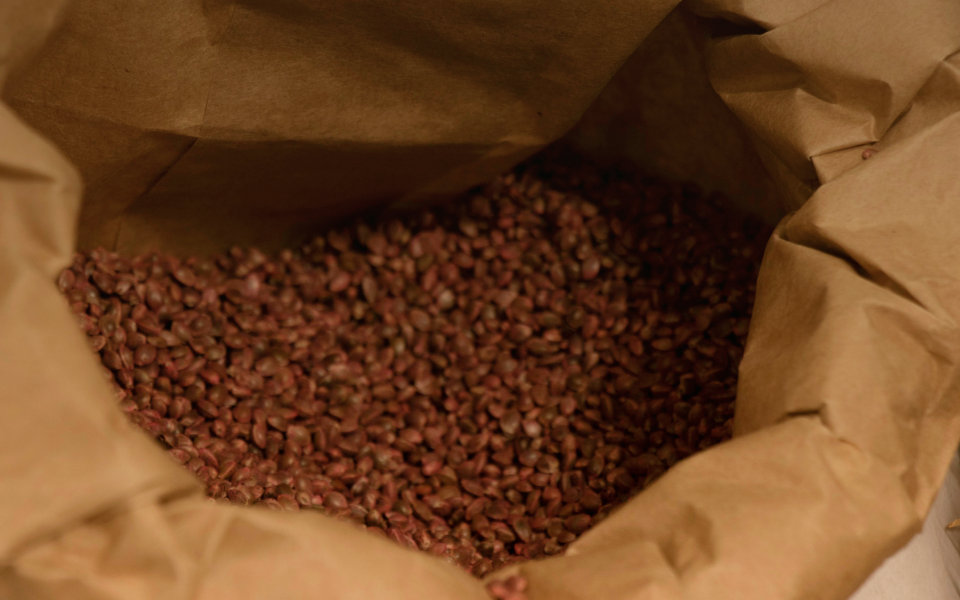
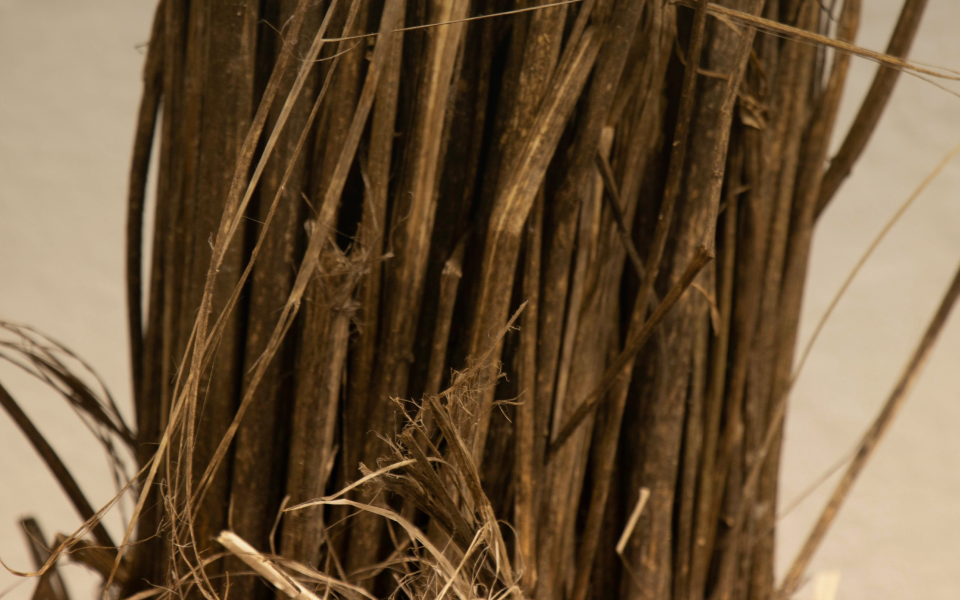
Such a multifaceted plant should be used everywhere, but it is not, why?
The syllogism is very simple: if products are indestructible, there is no consumption, there is no fashion, and for the big producers (and barkers) in the industry there is no profit.
That is why about a century ago this and other plants were demonized, somewhat as happened to herbalists in the seventeenth century.
Suddenly, those women who knew how to heal and knew the secrets of herbs became witches. And just as suddenly, that miraculous plant became just a drug..
In an instant, 10,000 years of human history were wiped out with a flick of the wrist; hemp-which, loyal to our side, had helped us overcome centuries of struggle for survival-became "bad and ugly."
A little Superquark-esque aside (brief by no means exhaustive list of the contributions hemp has made to humanity):
- ropes;
- sails;
- unbreakable fishing nets;
- household linens;;
- indestructible clothing;;
- excellent flour for baked goods;
- oils and seeds (hemp seeds are one of the most complete, rich and complex foods in the entire plant world, with excellent healing and medicinal properties known for centuries);;
- automobiles (yes you read that right).
Having eliminated the very strong competitor - the hemp, indeed - plastic fibers such as nylon and polyester, montais of shoddy cottons, have been produced on an industrial scale and even larger, to make products last little longer.
This is one of the countless stories that hemp carries and does not forget.
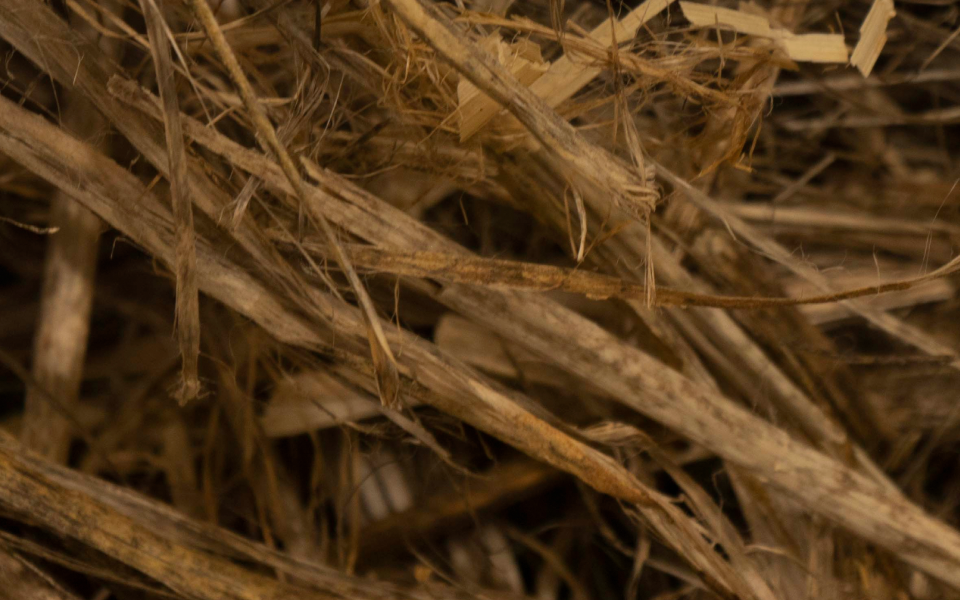

A story, also, from Italy.
At this point a historical nod regardin our country is in order: in the homes of all Italian families for centuries there have been hemp fabrics, clothing, and hemp-based medicines (remember the "Carlo Erba"? Here is a book to refresh your memory). Here a book to refresh the memory).
This was happening because of the large availability of native fiber and the widespread activities related to it. In Italy, in fact, hemp grows very well; it is no coincidence that our country, in the past, was the largest producer of hemp in the world, with its more than 100,000 hectares of land dedicated to hemp alone.
Today, on the contrary, thanks to a short-sighted policy that is more interested in profit than in people, the hemp supply chain is being opposed. Right now, production on Italian soil is almost completely absent and the products on the market are of Asian origin.
But the realities that try to do things differently are there. And in the next stages of this journey we will try to tell about them. In the meantime, let's conclude this first installment on #incredibilecanapa with some technical data.
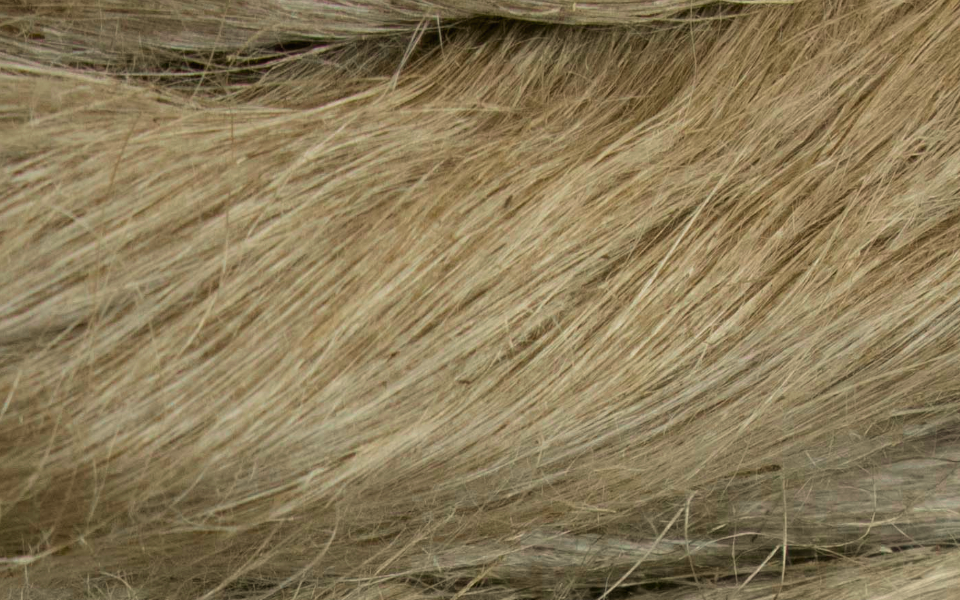
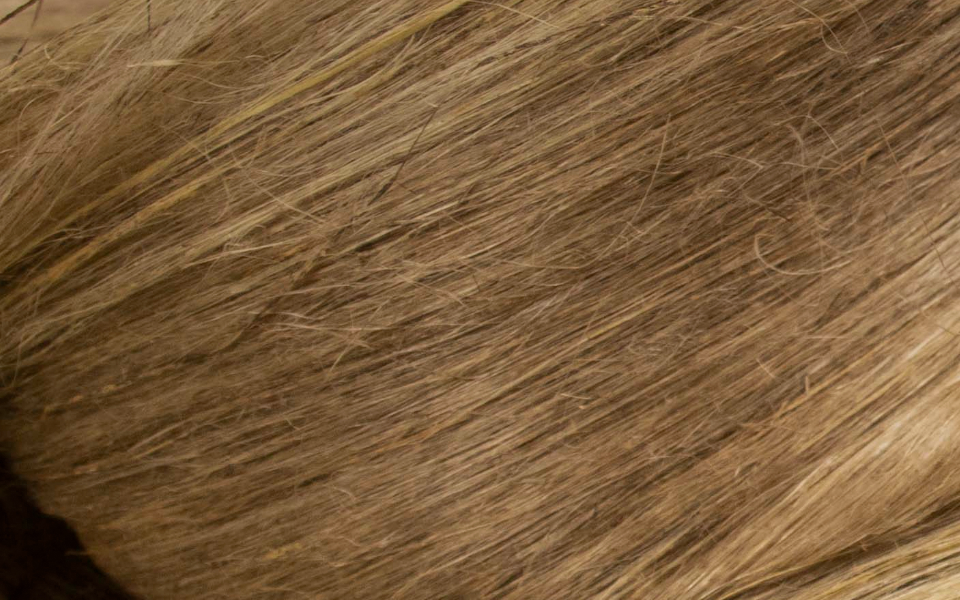
The durability of hemp-derived products is incredible: a hemp fiber product lasts four times longer than cotton and can be recycled countless times.
The hemp plant is definitely resistant to pest adversity and requires little water, only in the early vegetative stage.
It is sustainable: growing hemp in just 6 months sequesters more CO2 than with an equivalent forest land in four years.
The soil used is enriched and cleansed of heavy metals and toxins processed and removed by deep tap roots; other crops placed in agricultural rotation achieve yields up to 40 percent higher and require fewer chemical inputs.
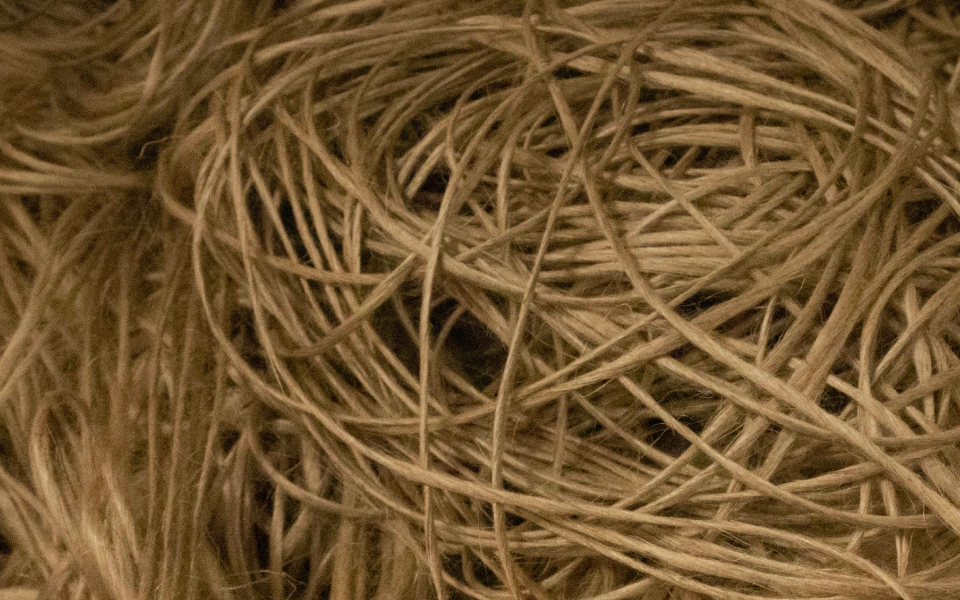
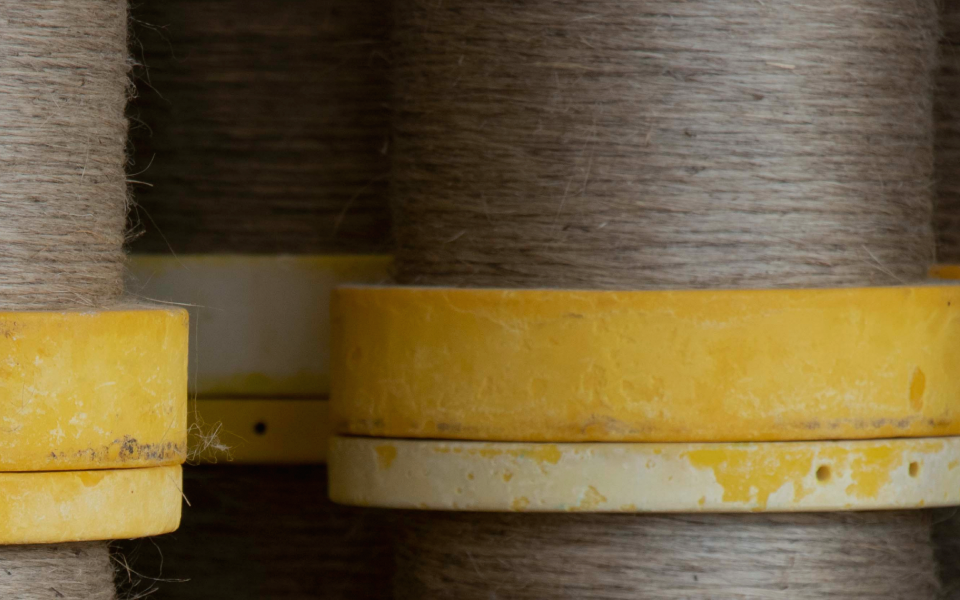
The hemp fabrics present extraordinary characteristic: given the peculiarity of hollow fibers, it is cool in the summer season and warm in the winter season.
Hypoallergenic, it is perfect for protecting babies and those who suffer from dermatitis or have respiratory problems, it protects from UV sunlight and is antibacterial, so by wearing it we are protected from viruses and pathogens.
In conclusion, we firmly believe that the cultivation and restoration of the hemp supply chain has the potential to generate a great many new jobs, as is already the case in countries where it has been fully liberalized.
Hemp can quickly lead to the creation of an economic spin-off that benefits our entire country, and we are fighting for this.

See you soon with a new installment dedicated to #incrediblehemp, in the meantime we look forward to seeing you in the comments to our post on Instagram.